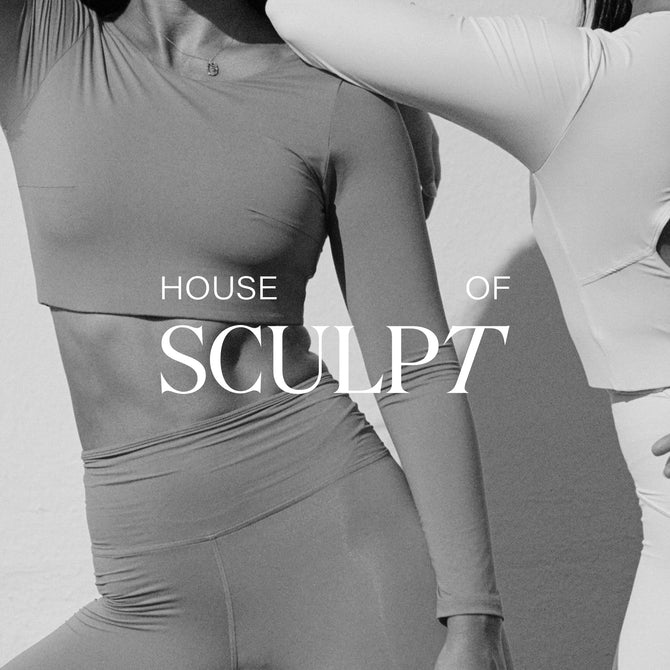Pilates has long been considered the ultimate form of exercise, but many people are confused as to what exactly Pilates entails. By definition, Pilates is an exercise method that uses your own body weight to strengthen and stretch the muscles in your core, back, and chest, resulting in increased stability, flexibility, and balance. It can be used by both beginners and athletes alike—but how does it compare to strength training? Both Pilates and strength training help you achieve a leaner physique with toned muscles, but they differ in their approaches.
IMPACT ON JOINTS
One of the major differences between pilates and strength training exercises is how much impact they have on your joints. With pilates, you’re usually performing floor-based movements (think pushups against a fitness ball). These workouts place less stress on your joints than those that incorporate free weights or machines. But don’t be fooled: Pilates still burns calories, tones muscle, and improves flexibility.
THE DIFFERENCE IN FEEL
One of the biggest differences you’ll notice when going from strength training to Pilates is that it feels much softer, with a different rhythm. Rather than building large amounts of muscle, as in strength training, your focus during a Pilates session will be on elongating muscles through controlled movements to stretch and lengthen—all while strengthening at a level that won’t interfere with your body’s natural movement.
DIFFERENCES IN ROUTINES
The biggest reason you’ll want to choose one over another—say, our online Pilates classes over traditional strength training—is your fitness goals. Each type of workout tends to work different muscles with different moves (Strength training focuses on building muscles and increasing strength; Pilates improves balance, flexibility, posture and circulation.) For example, if you want to build muscle but you’re not interested in getting toned or losing weight, then a strength-training routine might be best for you. If those things are important to you, then a Pilates-focused routine might be right up your alley. The same goes for their differences in intensity: One isn’t necessarily easier than another; they just work different muscles at different intensities.
MINIMAL EQUIPMENT
While some strength-training equipment, such as weight machines, can be advantageous in a gym setting, it’s not necessary for doing a successful Pilates class. Most people are surprised at how much strength work can be done using only your bodyweight. The use of minimal equipment eliminates pressure on your joints but still keeps you working hard to get stronger.
